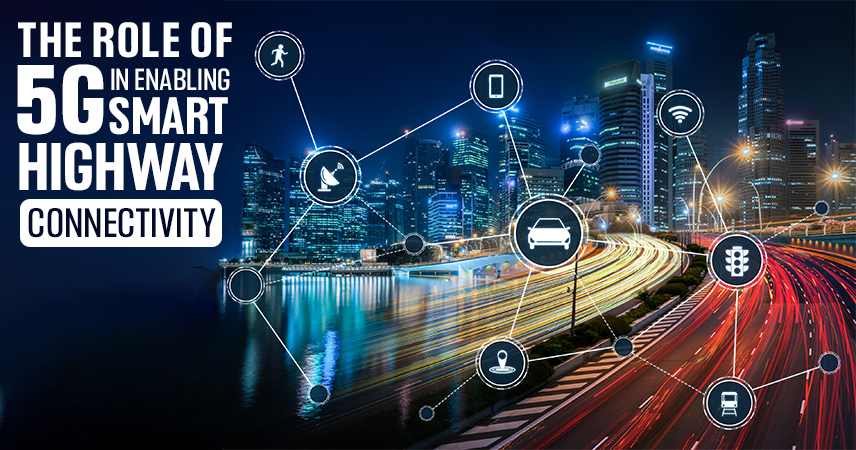
Revolutionizing Road Safety: The Power of Cellular V2X (C-V2X) Technology
- By Admin
- 15-12-2023

In an age of rapid technological advancement, the realm of transportation has seen a remarkable evolution. With the growing concerns about road safety and the desire to create smarter, more efficient transportation systems, Cellular Vehicle-to-Everything (C-V2X) technology emerges as a game-changer. This innovative communication platform not only promises to revolutionize how vehicles interact with each other but also holds the potential to significantly enhance road safety worldwide.
Understanding Cellular V2X (C-V2X):
Cellular Vehicle-to-Everything (C-V2X) is a cutting-edge technology that enables vehicles to communicate with each other, pedestrians, roadside infrastructure, and the overall traffic environment using cellular networks. Unlike traditional Vehicle-to-Vehicle (V2V) or Vehicle-to-Infrastructure (V2I) communication systems, C-V2X utilizes existing 4G/5G networks, offering a more comprehensive and efficient approach to enable vehicles to 'talk' to everything around them.
Enhancing Road Safety:
The primary goal of C-V2X technology is to make our roads safer for everyone. Here's how it achieves this:
1. Collision Avoidance: C-V2X facilitates real-time exchange of information between vehicles, warning drivers about potential collisions or hazards. For instance, if a vehicle suddenly brakes or a pedestrian crosses the road unexpectedly, C-V2X can alert nearby vehicles to take preventive measures, reducing the risk of accidents.
2. Intersection Safety: With C-V2X, vehicles can communicate with traffic signals and other infrastructure at intersections, optimizing traffic flow and reducing congestion. This technology allows for better coordination between vehicles, ensuring safer passage through intersections and minimizing the likelihood of collisions.
3. Pedestrian Safety: C-V2X isn't limited to vehicles; it also enhances safety for pedestrians and cyclists. By transmitting signals to smartphones or wearable devices carried by pedestrians, it alerts both drivers and pedestrians about each other's presence, thereby reducing accidents involving vulnerable road users.
4. Emergency Vehicle Alerts: C-V2X enables rapid communication between emergency vehicles and other vehicles on the road. It allows for timely alerts, giving drivers advance notice to clear the way, thereby assisting emergency responders in reaching their destinations faster and safer.
5. Improved Traffic Management: Beyond safety, C-V2X contributes to more efficient traffic management. By providing real-time data on traffic conditions, road hazards, and accidents, it helps authorities take proactive measures to alleviate congestion and enhance overall road network performance.
Challenges and Future Outlook:
While the potential of C-V2X technology is immense, its widespread adoption faces challenges. Standardization, infrastructure development, privacy concerns, and regulatory frameworks are some of the hurdles that need to be addressed for seamless implementation.
Looking ahead, the future of road safety appears promising with the advancement of C-V2X technology. As more vehicles become equipped with this technology and infrastructure evolves to support it, the vision of connected and safer transportation systems will progressively become a reality.
Conclusion:
Cellular V2X (C-V2X) technology stands as a beacon of hope in enhancing road safety across the globe. Its ability to enable vehicles, infrastructure, and pedestrians to communicate and collaborate in real-time presents a monumental shift in how we approach transportation safety. With continued innovation, investment, and collaborative efforts among industry stakeholders, C-V2X is poised to transform our roads into safer, smarter, and more efficient networks, ultimately saving lives and shaping the future of mobility.




